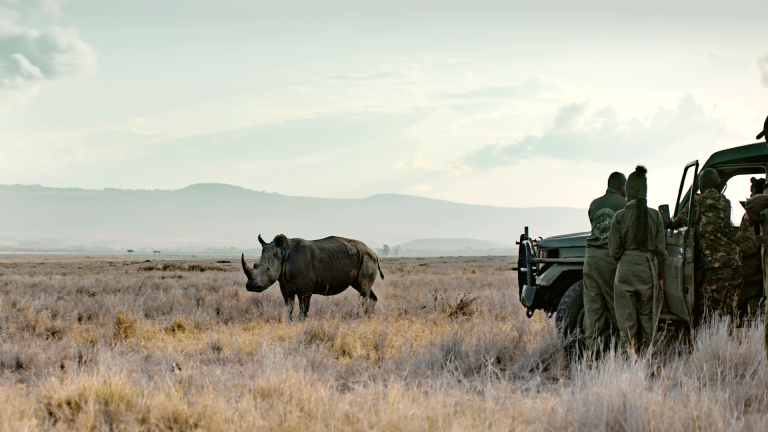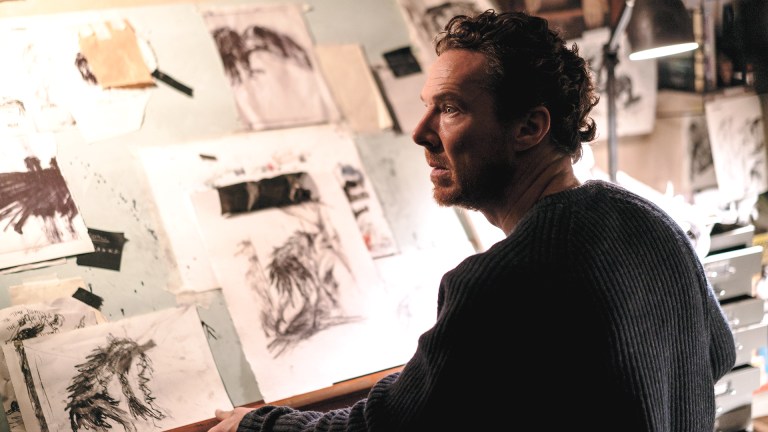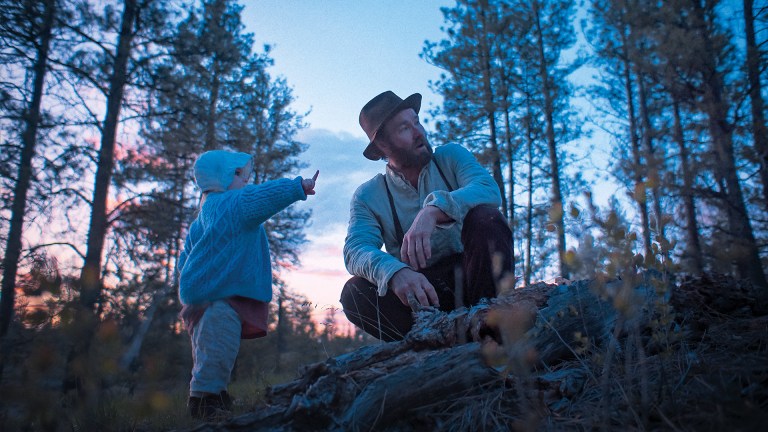US writer-director David Lowery’s new film is called A Ghost Story. The title is bluntly descriptive – this is indeed a story about a ghost – and is also a stark advertisement of the kind of thrills you might expect. Ghost stories are meant to be scary, right? Well, on this front the film disappoints. A Ghost Story is not especially scary. But then I don’t really think it’s meant to be, and on so many other levels this is a triumph: a moving, melancholy portrait of loss and love; a sumptuous study in atmosphere that lulls you into a hypnotic trance; a gently profound essay on time and its human limits.
We begin in a suburban house in Texas, the rented home of a young couple, known in the credits as C (Casey Affleck) and M (Rooney Mara). The early scenes offer glimpses into their home life. Charged with tenderness and delicacy, the film here plays like a sort of poem to a very low-key but purely felt form of domestic bliss. At one point Lowery films the two lying in bed in a sleepy embrace, and holds the shot so long you begin to feel almost uncomfortable being party to such intimacy. But there are also tensions. C (played with mumbly charm by Affleck) is reluctant to move; M wants to and can’t understand her partner’s attachment to this ordinary house.
There’s no reason at all why a film star dressed up this way should invite anything other than ridicule. And yet the effect is uncanny and mournful
But then, in a plot turn depicted with a shocking matter of factness, C is killed in a car crash, after which he appears as a ghost. The title character of Lowery’s last film, the Disney movie Pete’s Dragon, was a lovingly fashioned, doubtless expensively rendered computer-generated creature. The ghost here is Affleck in a sheet, with two holes for eyes. It’s a low-fi Halloween outfit idea of the supernatural, and there’s no reason at all why a film star dressed up this way should invite anything other than ridicule. And yet the effect is uncanny and mournful: unseen by M, C returns to the house and stands there, a shrouded sentinel to his partner’s grief.
It’s a desperately moving situation. Lowery lets shots play out over minutes, keeping the camera fixed. It’s a high-wire stylistic strategy, one that he orchestrates with an exquisite touch. In a scene already much celebrated, he films M consume the better part of half an apple pie, having just returned from seeing C’s body in the morgue. In her now-empty house, she attacks the food in teary gulps, then rises to rush to the toilet to vomit. All this, Lowery observes without a cut. The attitude is poised between unblinking detachment and deep compassion, and I can’t think of many other moments in recent cinema that more vividly portray the visceral impact of sudden grief. It’s a terrific performance by Mara.

Affleck is incredible, too, managing to impart worlds of sadness through minimalist gestures from underneath a sheet. While the film remains largely rooted to the site of the house C shared with M, A Ghost Story’s chronology is a far more restless affair, a quantum leap through multiple time-frames that ghosts like C must endure as the price of their deathless state. I won’t reveal much more, other than to say that underpinning the film’s dizzying narrative logic is a wise and melancholy reflection on mortality.









